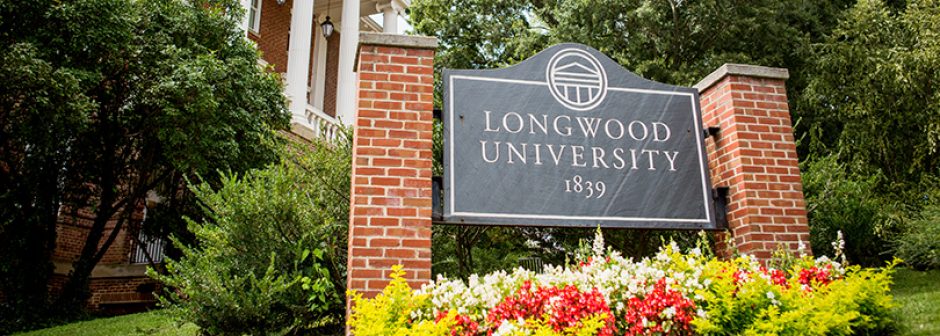Students will be able to evaluate, interpret, and apply experimental design and draw valid conclusions from experiments.
One of the first times I was able to try my hand at experimental design was for a project in a class called Introduction to Ecology and Evolution. For this project, we were told to form a hypothesis and then design our own research experiment and execute it in the field. I chose to investigate the difference in crayfish abundance in still versus moving water and ended up giving an oral presentation on my findings at the end of the semester. Being my first experience in experimental design, I kept it pretty simple. Even though I didn’t come up with some elaborate experiment, I know that this project was important for me to learn all that goes into experimental design. It gave me the exposure and experience I needed to move forward and improve upon this in later classes. Without this experience, I know I would have felt behind later on down the line.
I was a bit more elaborate when designing an experiment for a research project in a class I took later called Comprehensive Human Anatomy and Physiology I. The only direction we were given at the start of this project was that we had to come up with something related to anatomy and physiology. After some brainstorming, I decided to look at the effects of load carriage on college students. Designing this experiment took a lot of thought and planning and involved extensive literature research and even discussions with multiple professors on how to best execute the project and collect the data. The results of this project can be seen in a poster presentation I gave at the end of the semester. When comparing this project to the one mentioned previously, I think my growth in this particular set of skills is evident. This project really helped me to gain confidence in my approach to experimental design and the subsequent execution of my plans.
Another class where I had to apply this skill was Immunology. For this class project, we had to investigate the immunological effects of compounds that mimic estrogen. This project involved a lot of thought and planning as well as we had to review a lot of literature on the topic, develop a research idea, and find the best way to execute it. The results of that investigation can be seen in a poster presentation I gave on phytoestrogens. This project was more structured than the last two I mentioned where we were basically given free rein, but it also involved a lot of new laboratory techniques and our experiments had to be pre-approved by the professor. Because of this, though, I feel like it was one of the most accurate projects (in terms of “real-world” applications) in that we had to provide evidence for our proposed experiment and request approval before executing it.
Experimental design is an extremely valuable skill to have as a biologist, and will be necessary for my future plans in laboratory research. I am glad to have had the opportunity to practice evaluating, interpreting, and applying experimental design in multiple courses throughout my time here at Longwood.
